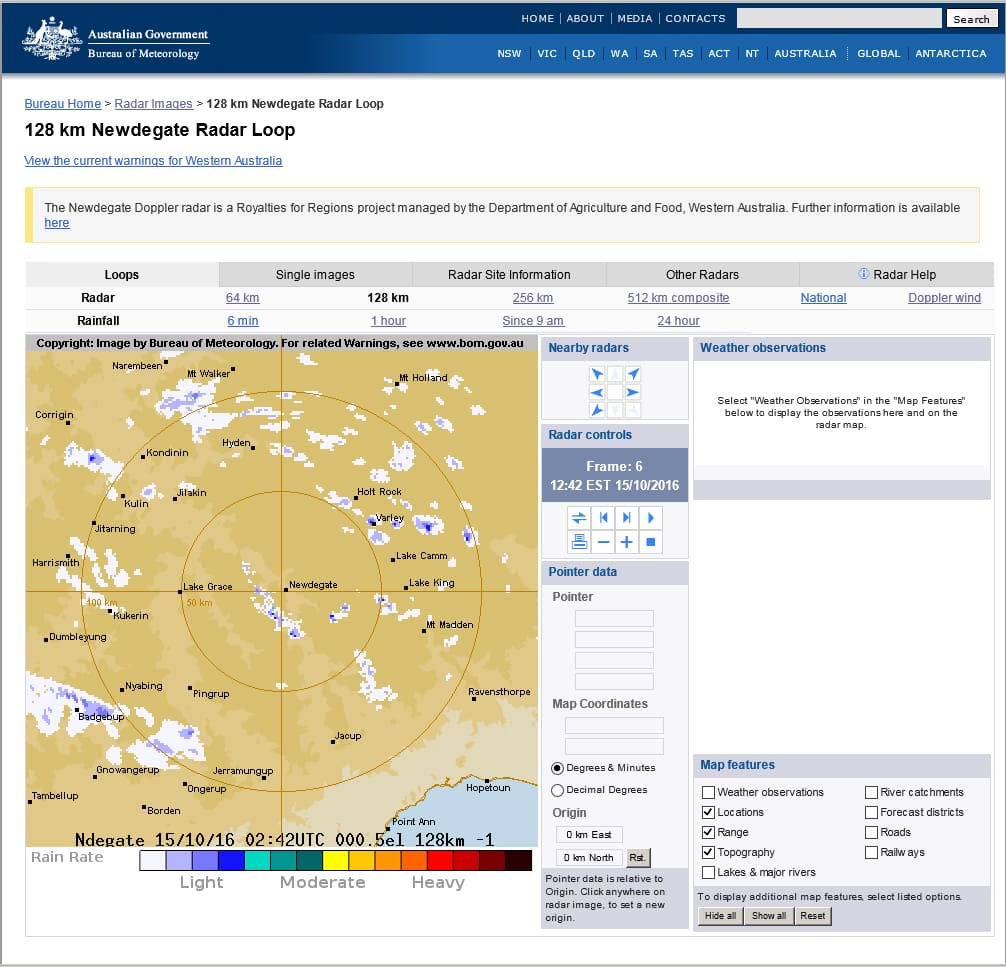
After each command press enter (and type Y and enter) when prompted. All downloads are open-source (this means the authors make the source code freely available to others who would like to view that code, copy it, learn from it, alter it, or share it). Node.js and NPM then get downloaded from the same location which provides tools for Python to run a local webserver. First from Elewin’s Github we will download the Python code used to run the Pi Weather Tracker.

These commands are accessing and download files from the internet. Type the following commands into the terminal to set up your Weather Station.

On the first run the Raspberry Pi OS will run you through a start-up guide on how to do this depending on your location. We will also be connecting the raspberry pi to the internet. If any of that makes you feel out of your depth this guide will get you right up to speed. Screw the two legs stand connectors and just like that your screen will be complete! Connect up some peripherals, slap in an SD card flashed with Raspberry Pi OS, and Switch on the Raspberry Pi. Peel all the acrylic sheets stack the three layers together and connect the feet. A Raspberry Pi (in my case I use a Raspberry Pi 4 Model B 2GBbut this project is perfect a lower-powered Raspberry Pi)įollow the smooth instructions of Sam to install the LCD correctly and then if you are using the same acrylic stand that I am do the following. and authenticating each of them with your email account and waiting time for the Key to become active) but everything else is simple. If you are doing it through Wifi you will need to sort the credentials. This set up collects the information from the Internet. With better instruction (which I plan on supplying here) you should be able to do so within an hour. With all the parts I set it up within half a day. So here is the process I took to make this. Explore at your leisure.Īlso if you want an Airplane Tracker or a Different Style Super Duper Easy to set up Weather Tracker Click here.

The GitHub that did the hard yards of Python coding it all up can be found here. Below is the video for this build and shows what the dashboard will look like. This is simple to create with the toughest part of the process is creating API Keys for the weather database services to access the data. You can also use the touch controls to view anywhere on the map. This project will inform you at a glance of the current and future weather and let you know if there is or was rain in your local area. This is a neat little use of a Raspberry Pi and a 7-inch touch display. Perfect device to let you know if you can ride your bike to work or not. Raspberry Pi Pico W with Soldered Male Headers Price: $15.20 Jumper Wire 20cm Ribbon (M/F, 40pcs) Price: $3.50

PiicoDev OLED Display Module (128圆4) SSD1306 Price: $13.50


 0 kommentar(er)
0 kommentar(er)
